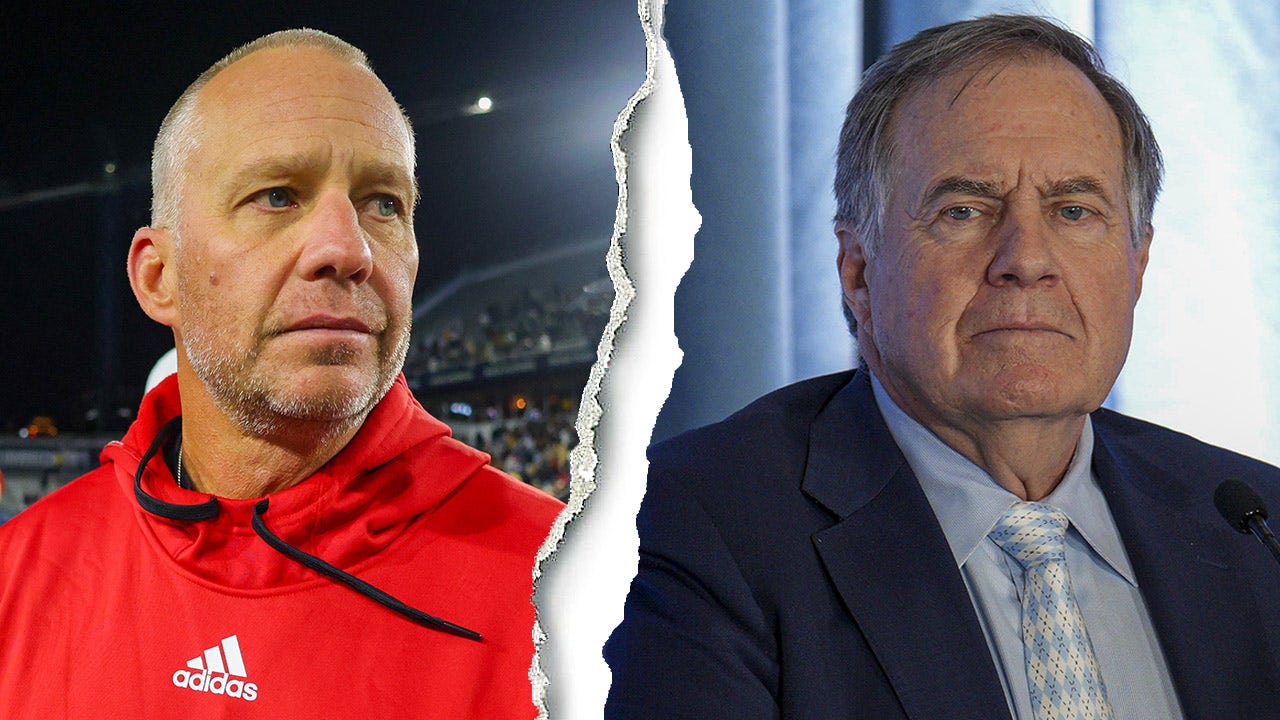At the height of the coronavirus pandemic, Congress created two generous stimulus programs to help cash-starved firms stay afloat: the Covid-19 Economic Injury Disaster Loan, known as EIDL, and the Paycheck Protection Program, or PPP. Over their life span, the lending initiatives provided more than $1 trillion in assistance to companies large and small, helping to blunt the worst economic crisis since the Great Depression.
Congress allowed borrowers to request their PPP loans be forgiven, while those who obtained aid under EIDL were supposed to repay the money. Before most of those EIDL bills became due, however, the Small Business Administration enacted a policy in April 2022 to forgo some collection activities on past-due loans of $100,000 or less, The Washington Post first reported earlier this year.
Explaining its policy, SBA officials said at the time it would have cost too much money to refer each delinquent loan to the Treasury Department, which can impose the toughest punishments on late borrowers, including wage garnishment. But the rationale troubled the agency’s inspector general, Hannibal “Mike” Ware, whose office in September warned that the SBA policy “could incentivize other COVID-19 EIDL recipients to stop paying on their loans.”
In its investigation, the watchdog estimated that there were about $62 billion in past-due EIDL loans worth $100,000 or less as of this March. Earlier, the inspector general found an additional $1.1 billion in unpaid PPP loans that the government had charged off as a loss and never referred to the Treasury Department for collection activities.
By its own measurement, the SBA on Thursday estimated there are about $30 billion in PPP and EIDL loans worth up to $100,000 that could be subject to the stiffer sanctions next year. The potentially staggering loss amounts to about 2.5 percent of those programs’ total portfolios, the agency said.
“The Small Business Administration constantly assesses the implementation of its programs and makes data-driven decisions to ensure the agency remains a responsible steward of taxpayer money in supporting America’s 33.5 million small businesses,” a spokesperson said in a statement.
“The SBA’s long-standing policy is to use all cost-effective methods to collect on all pandemic-era loans as required by law,” the agency added, “and we will refer PPP and COVID EIDL loans less than $100,000 to Treasury in accordance with a recent, updated analysis demonstrating that this final collection step will be cost effective for the government.”
The new policy is unlikely to assuage some Republicans on Capitol Hill, who have previously castigated the agency for its handling of the EIDL and PPP programs, which began under former president Donald Trump. Rep. Roger Williams (R-Tex.), the chairman of the House Small Business Committee, threatened to subpoena the SBA earlier this year for records related to its repayment policies.
The dispute underscores the unique and expensive challenges that plague SBA more than three years after Congress tasked the agency to manage an aid portfolio that was larger than its annual budget. Its generosity and haste early in the pandemic may have saved millions of small businesses, but it also came at a steep cost to federal taxpayers, with losses from fraud alone that may now exceed $200 billion.
That figure does not include borrowers who have fallen behind on their bills by 30 days or more, either as a result of economic hardship or negligence. Under a 1996 federal law, the SBA is supposed to take aggressive action to pursue these debts — or demonstrate that it would be prohibitively expensive for the government to do so. The agency adopted the latter approach with PPP and EIDL last April, concluding in an analysis later that year that a full federal crackdown would result in a net loss for the government, according to SBA.
Before revising its policy, the SBA opted to place 75.2 million phone calls as well as send 7 million emails and 1.6 million letters to the recipients of smaller EIDL loans that fell behind on their bills, the agency said Thursday. It also put delinquent businesses on an official list that prohibits them from obtaining federal loans and other related aid in the future. And SBA reported the late debts to credit-ratings bureaus, though federal watchdogs later found that the government had failed to do so in a timely, appropriate way.
Starting next year, SBA plans to refer pandemic borrowers in default to the Treasury Department after a 60-day grace period that will end in early March. The agency has the power to levy the harshest of sanctions, and it can retain a portion of a taxpayer’s refund or deduct amounts from other federal aid just to recover unpaid government debt.
The SBA previously considered other approaches to manage its beleaguered EIDL portfolio, at one point hiring an outside consultant that later recommended the agency sell its fuller stable of loans in a bid to minimize its losses. But the agency ultimately opted against that idea, according to its inspector general, which raised the prospect in a September report that the SBA “risks” violating the law by not trying to collect the debts.















































